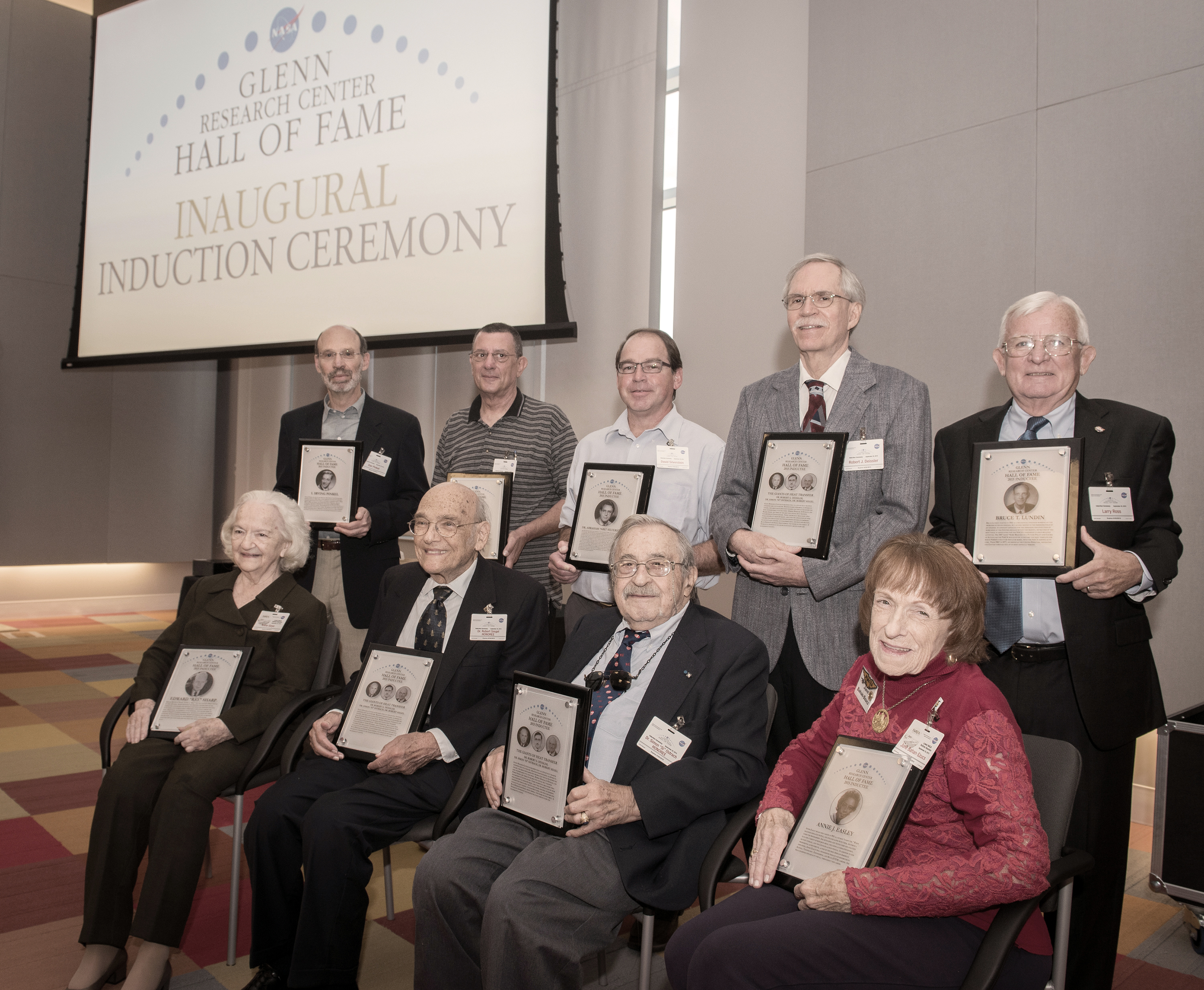NASA Hosts Two Workshops for Consultation on LEO Microgravity Strategy
As part of NASA’s effort to advance microgravity science, technology, and exploration in low Earth orbit (LEO), the agency conducted two stakeholder workshops in London and Washington to solicit feedback from the international community, including NASA’s international partners, American industry, and academia on Sept. 6 and Sept. 13, respectively. The agency released a draft set […]


As part of NASA’s effort to advance microgravity science, technology, and exploration in low Earth orbit (LEO), the agency conducted two stakeholder workshops in London and Washington to solicit feedback from the international community, including NASA’s international partners, American industry, and academia on Sept. 6 and Sept. 13, respectively.
The agency released a draft set of 42 objectives in late August, seeking input from U.S. industry, academia, international communities, NASA employees, and others to ensure its framework for the next generation of human presence in low Earth orbit, set to be finalized this winter, includes ideas and contributions from a range of stakeholders. The objectives span six categories: science, exploration-enabling research and technology development, commercial low Earth orbit infrastructure, operations, international cooperation, and workforce and engagement.
“As we chart the future of human exploration, it’s vital that we harness the insights and expertise of our diverse stakeholders,” said NASA Deputy Administrator Pam Melroy. “These workshops provide an invaluable platform for stakeholders to share their insights, helping us create a strategy that reflects our shared ambitions for the future of space exploration.”
Consultation is a fundamental aspect of NASA’s LEO Microgravity Strategy, emphasizing the importance of collaboration and the integration of diverse perspectives in advancing scientific research and technology development in low Earth orbit. By actively engaging with stakeholders –including scientists, industry partners, and educational institutions –NASA aims to gather valuable insights and align its objectives with the broader goals of the space community.
“Engaging with a wide array of voices allows us to tap into innovative ideas that will enhance our missions,” stated Robyn Gatens, director of the International Space Station and acting director of Commercial Spaceflight. “This collaborative approach not only strengthens our current initiatives but also lays the groundwork for future advancements in space exploration.”
To contribute to NASA’s low Earth orbit microgravity strategy, visit: www.leomicrogravitystrategy.org
What's Your Reaction?



















.jpg?#)






























